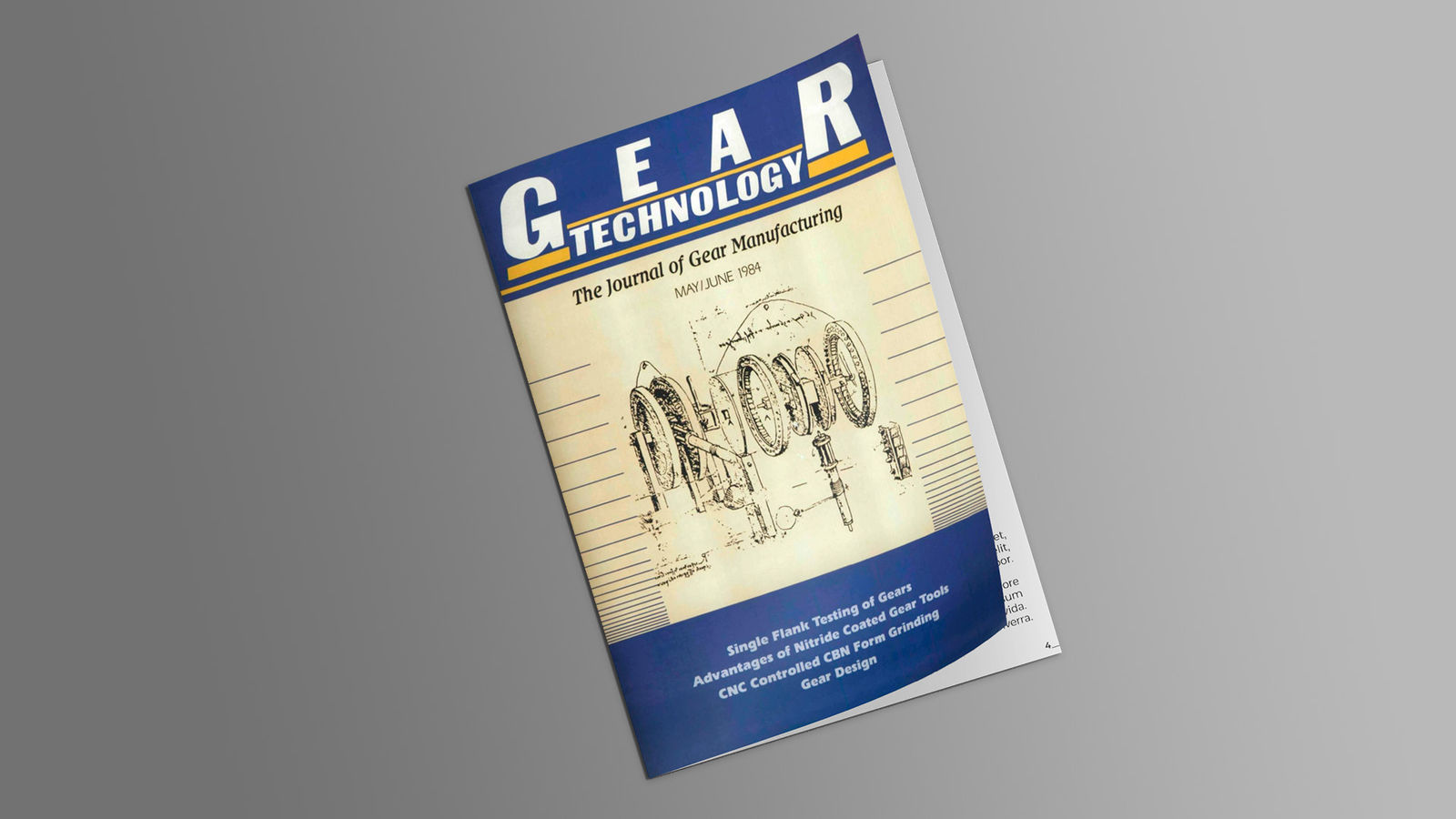How It All Started
My family company, Cadillac Machinery, was a used machinery dealer specializing gear machinery, especially bevel gear equipment, so we knew first-hand how unique and sometimes insular the gear industry was. As a member of AGMA, I often attended AGMA events, including the Fall Technical Meeting, where tremendous knowledge was presented, year after year, about the latest research, technology and manufacturing approaches for gears.
And there were other technical conferences. Companies would send their top gear engineers to these conferences to learn as much as possible from technical experts around the world. They would hear the presentations and come home with a binder full of technical papers. The engineer would take that binder back to the office, put it up on a shelf, and catch up on all the work that accumulated while he was gone. He knew what was in those binders, but no one else did.
Back in the early 1980s it occurred to me that the information in those binders could benefit far more people if it were more widely disseminated. There were other trade publications at the time, of course—but nothing so highly focused or technically oriented as what the gear industry needed.
The original purpose of the magazine was nothing more than a mission to educate the community. If all we ever did was republish some of those technical papers and share them to a wider audience, we’d be doing a great service to the gear industry.
The idea was met with extreme enthusiasm. My good friend David Goodfellow, then president of American Pfauter, pledged his support on the spot and became our very first advertiser. Other suppliers were equally enthusiastic and eager to join the project, including Klingelnberg, Starcut Sales, Liebherr and Gleason, all of whom advertised in that very first issue, May/June 1984.
Clearly, there was a hunger for this type of information. From the beginning, response from our readers has been enthusiastic and supportive.







